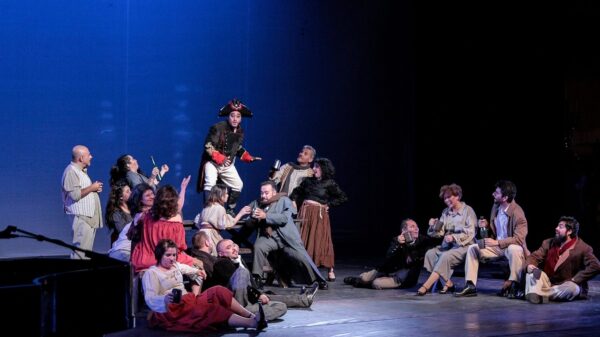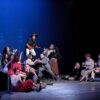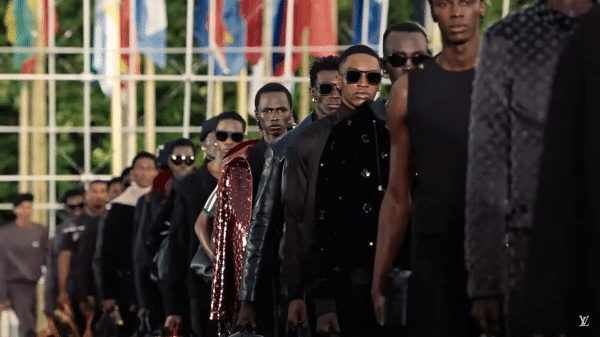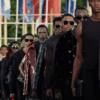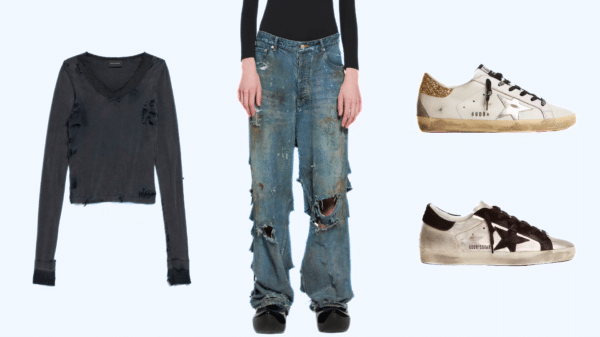Boho? Knotless? Straightbacks? Maybe a braided bob? What set are you getting this sun season?
They’re cute, low-maintenance, and perfect for hot girl summer. The aesthetic and convenience of braids have made them a staple protective hairstyle for black people. Simultaneously, braids represent ancestral roots, ancient stories and identities, movements, and cultural shifts.
Braiding is a genuine art form, so when you call classic pick and drops ‘Zoe Kravitz Braids,’ you are dead wrong! Black hair aesthetics are ever-changing and have transcended generations with their different purposes and meanings. Let’s look at some popular styles and the history behind them.
Cornrows and braid communications
Cornrows today can be an easy style to protect and keep hair out of the way. But they have a long history beyond practicality that spans millennia. Women with cornrows can be seen in Stone Age paintings, and Egyptians were depicted with braids and additional appliqués.
Cornrows were used as a means of navigation and communication. Designing secret messages on scalps provided a chance to communicate escape routes.
Cornrows allowed the enslaved people to retain a modicum of humanity and kept them in touch with their culture, as slave masters would shave heads to destroy slaves’ culture and sense of self.
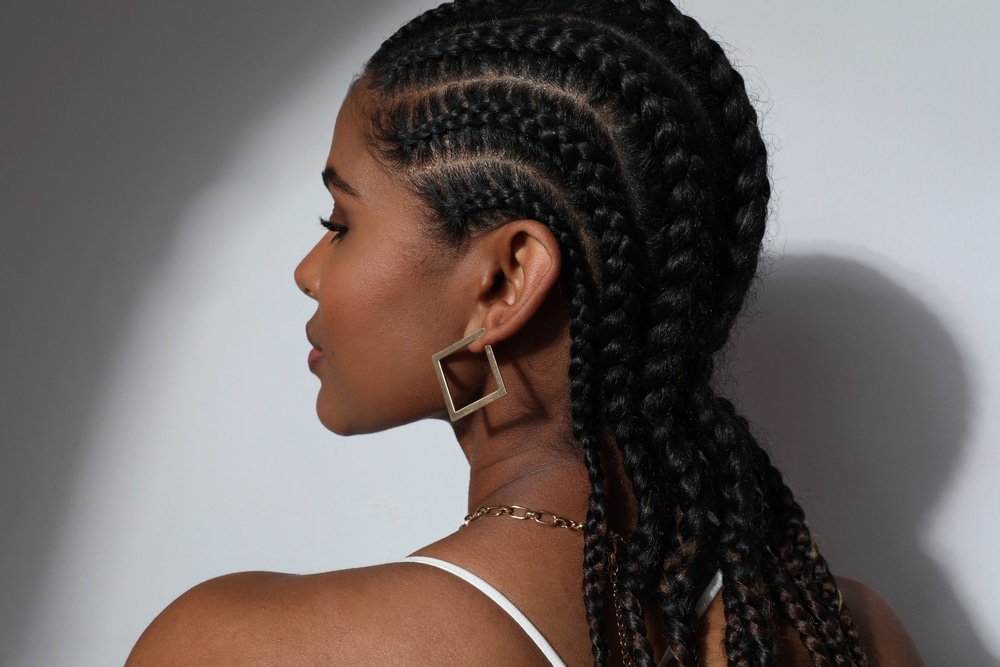
Straightbacks or patterned? With a long history, cornrows are Black American iconography. In the late 1990s, there was a resurgence in the popularity of cornrows thanks to basketball player Allen Iverson. Young Black men were in awe of Iverson’s style and his game, asking stylists and barbers for “The Iverson” across America.
Iverson’s perceived blackness through his braids and clothing was seen as subversive and even garnered some vitriol. Whether his style was communicating a message or not, Iverson’s braids are still immaculate to this day and have been replicated by many black men for years on end.
Bobbles and beads
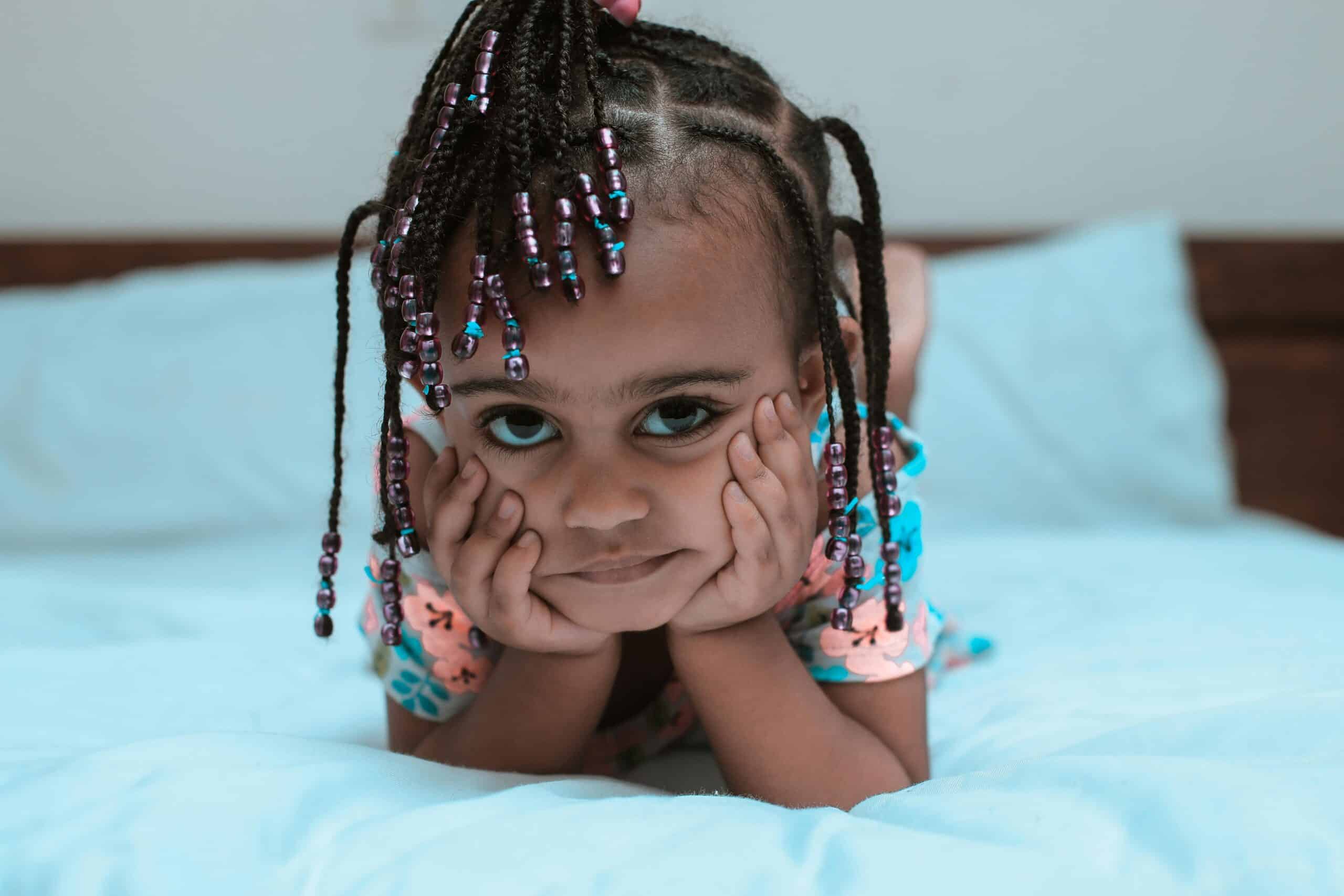
It’s almost a universal experience to have bobbles as a little girl and graduate to beads as you grow older.
Beads are back in rotation. For instance, SZA sports the most ethereal braids perfectly adorned with wooden beads. This look from her Good Days music video is burned in my brain for all the right reasons.
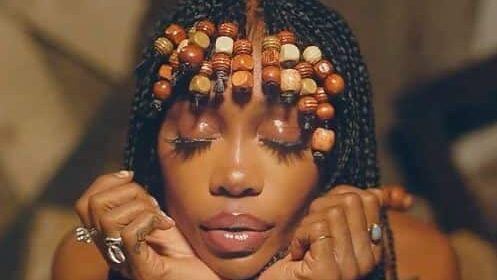
Beads, bobbles, and clips are modern ways of accessorizing black hair. However, hair adorning in African and Black culture is nothing contemporary. In pre-colonial African societies, these adornments could indicate social class, tribe, marital status, and more. Beads were representative of wealth and regality.
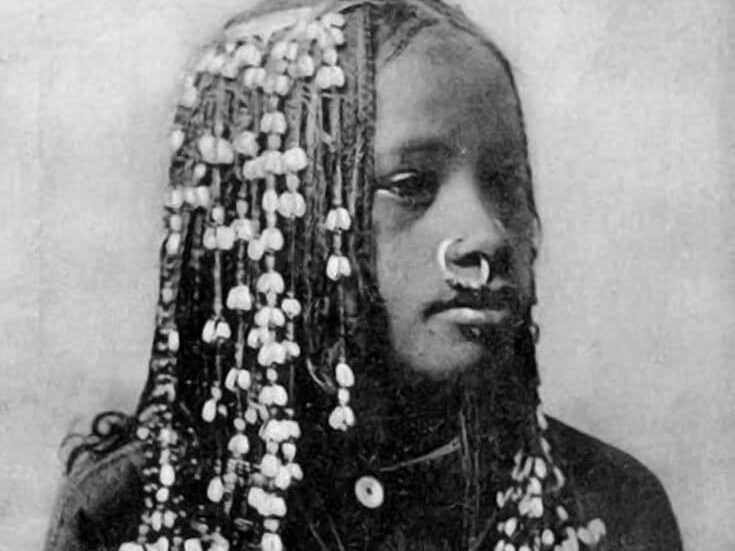
With colonialism and the Trans-Atlantic Slave Trade, black hair styling and adorning died down; yet the styles were reborn in the mid-late 20th century.
During the 60s and 70s black power movement, Black people in the UK and US reconnected with their African roots. The movement aimed to defy white ideals of beauty.
Afros and beaded braids became popular once again, with actress Cicely Tyson and a handful of other black stars wearing braids at exclusive celebrity events. Whether conscious or not, accessorising is an act of cultural pride.
Bohemia braids
Beachy waves incorporated into knotless braids have been the summer go-to recently. These are relatively new compared to other braiding styles such as Cornrow and Fulani, but they are currently one of the most popular looks.

Boho braids can be traced back to the 60s and 70s Bohemian movement, which centered on a free-spirit style and attitude. The style draws inspiration from the Native American style of hair.
There’s no exact originator of this style. Yet boho braids are not new; they merely seem to be having a summer resurgence. The contemporary boho style appears to be an elevated pick-and-drop look with more definition in the braids than the hair.
Pick and drops and Zoe Kravitz
2024 is the Pick and Drop renaissance.
The pick-and-drop umbrella includes boho, mermaid, and ‘Zoe Kravitz’ braids, but pick-and-drops were the OG. Alicia Keys and Beyonce wore this style in the late 90s and 2000s. It gives the illusion of hair strands, with the braids no longer than 3-4 inches from the scalp and the excess hair left flowing.
Though not invented by Kravitz, the trending ‘Zoe Kravitz’ braids were inspired by her usual look. The braids give the same illusion pick-and-drops did back in the day, but now, wearers may use human instead of synthetic hair.
You know that I’m known for the bob…
Braided bobs are popular right now with both feathered and neat styles. They originate from the Eembuvi braids of Namibia and the chin-length bob braids worn by women in the Nile Valley over 3,000 years ago. In the Mbalantu tribe of Namibia, braiding held significant social importance.
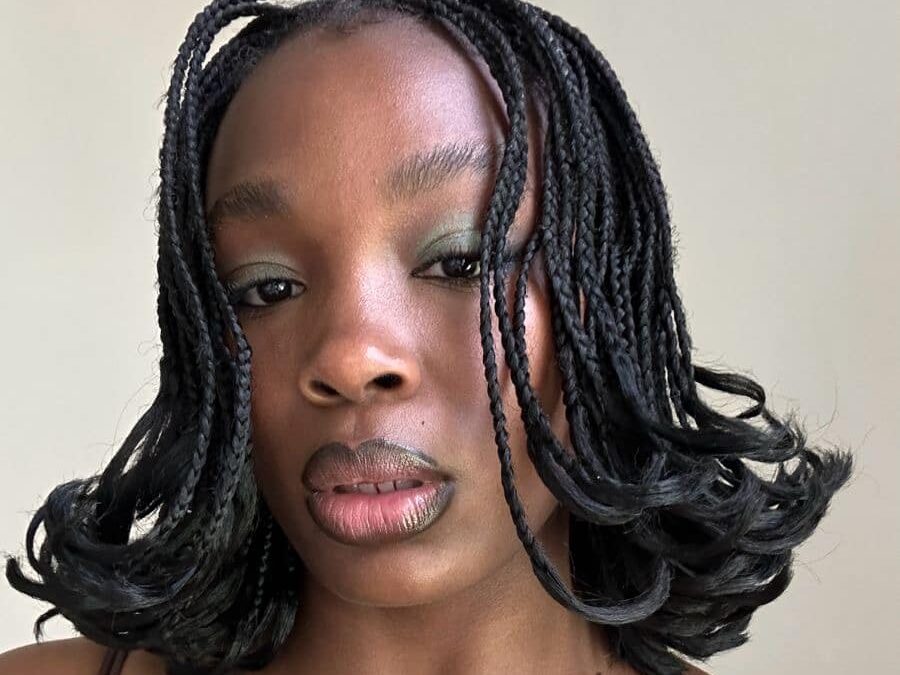
Feathered bob box braids offer a newer take on the classic box bob, gaining popularity in the late 90s and 2000s. Feathered braids were a classic style you would see in a Nollywood movie, adding an extra flair to the style. The feathered style has been named ‘Dolly Braids’ on social media, but again, this style is nothing new; it’s just elevated for the taste of Gen-Z braid lovers.
Identity
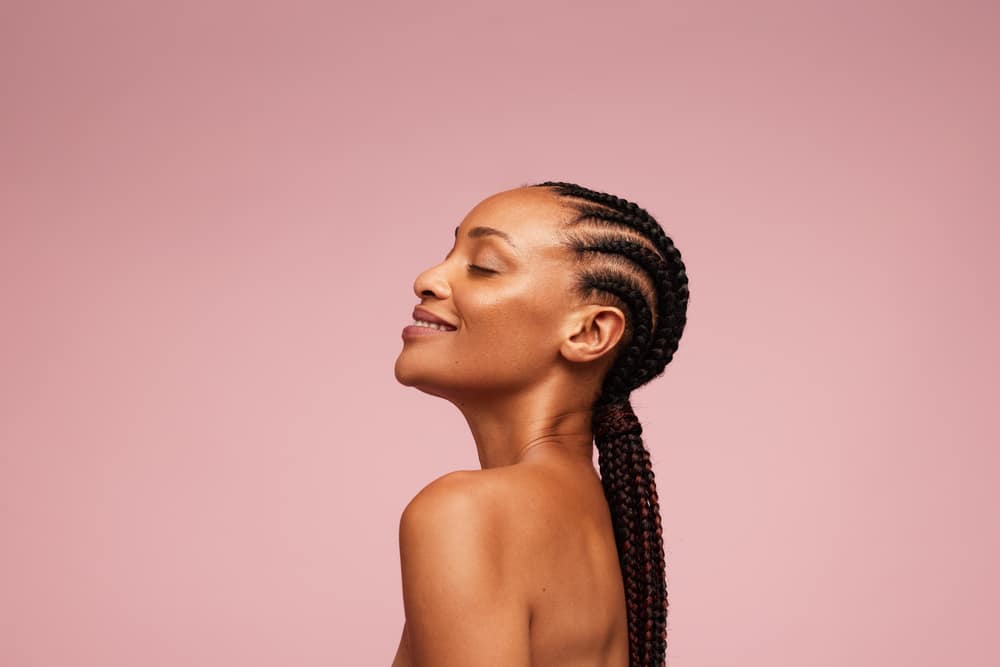
Hair braiding is a rite of passage for many black people across the globe, especially those who live in majority-white Western countries. It’s a simple way to express cultural identity while looking fly at the same time!
Nothing will compare to the feeling of your first set of braids. This summer, the options seem endless, so be creative and choose a new style, or color. Regardless of what you get, I encourage you to be aware of the cultural significance and terminology so that you are not only a hot girl this summer but an educated one too!








